Doctors in Uttar Pradesh’s Bulandshahr experienced a shocking case of a woman who was 12 weeks pregnant, but in her liver, instead of uterus. Seeing the condition, doctors have suggested that this could be the first-ever case of intrahepatic ectopic pregnancy, a rare medical condition.
Doctors in Meerut found a woman pregnant in liver instead of uterus.
Doctors in Uttar Pradesh’s Bulandshahr experienced a shocking case of a woman who was 12 weeks pregnant, but in her liver, instead of uterus. Seeing the condition, doctors have suggested that this could be the first-ever case of intrahepatic ectopic pregnancy, a rare medical condition. This case has put the medical community in shock.
Rare pregnancy condition
Dr KK Gupta found out the rare condition during the 30-year-old woman’s MRI abdomen test. The radiologist, who works at a private imaging centre in Meerut, said, “When I saw the scan, I could not believe my eyes. The foetus was embedded in the right lobe of the liver, and there were clear cardiac pulsations. I have never seen such a case in my career, and according to available data, this might be India’s first intrahepatic ectopic pregnancy.”
The woman was experiencing weeks of abdominal pain and vomiting and the regular scans failed to gauge the reasons behind this. The woman was then referred for an MRI of the abdomen, a test which is needed in such cases. The test was conducted at a private imaging centre in Meerut under the guidance of Dr KK Gupta, a highly specialised radiologist with decades of experience in advanced imaging. The MRI offered a high-resolution with deep images of the abdominal area which provide deeper insights than a routine ultrasound.
According to Dr Gupta, the scan revealed a surprising oddity. “We observed a well-formed gestational sac inside the right lobe of the liver. The foetus measured approximately 12 weeks in gestational age. Most strikingly, the scan confirmed active cardiac pulsations, establishing that the foetus was alive. At the same time, the uterus was completely empty, ruling out a normal intrauterine pregnancy,” Dr Gupta said.
Dr Gupta further said that the diagnosis was checked twice after specific MRI sequences were made again to confirm no errors were made during the imaging. “Initially, I even thought it might be an imaging artifact. But repeated scans, taken from different planes, confirmed the presence of a live foetus within the liver tissue itself. At that moment, we realised we were dealing with an extremely rare, high-risk pregnancy,” he added.
Find your daily dose of All
Latest News including
Sports News,
Entertainment News,
Lifestyle News, explainers & more. Stay updated, Stay informed-
Follow DNA on WhatsApp. ‘Maine churaya…’: RJ Mahvash hits back at trolls accusing her of stealing someone’s husband
‘Maine churaya…’: RJ Mahvash hits back at trolls accusing her of stealing someone’s husband Midtown Manhattan shooting: At least 2 dead, 4 injured in mass shooting outside casino in Nevada; suspect 'neutralised'
Midtown Manhattan shooting: At least 2 dead, 4 injured in mass shooting outside casino in Nevada; suspect 'neutralised'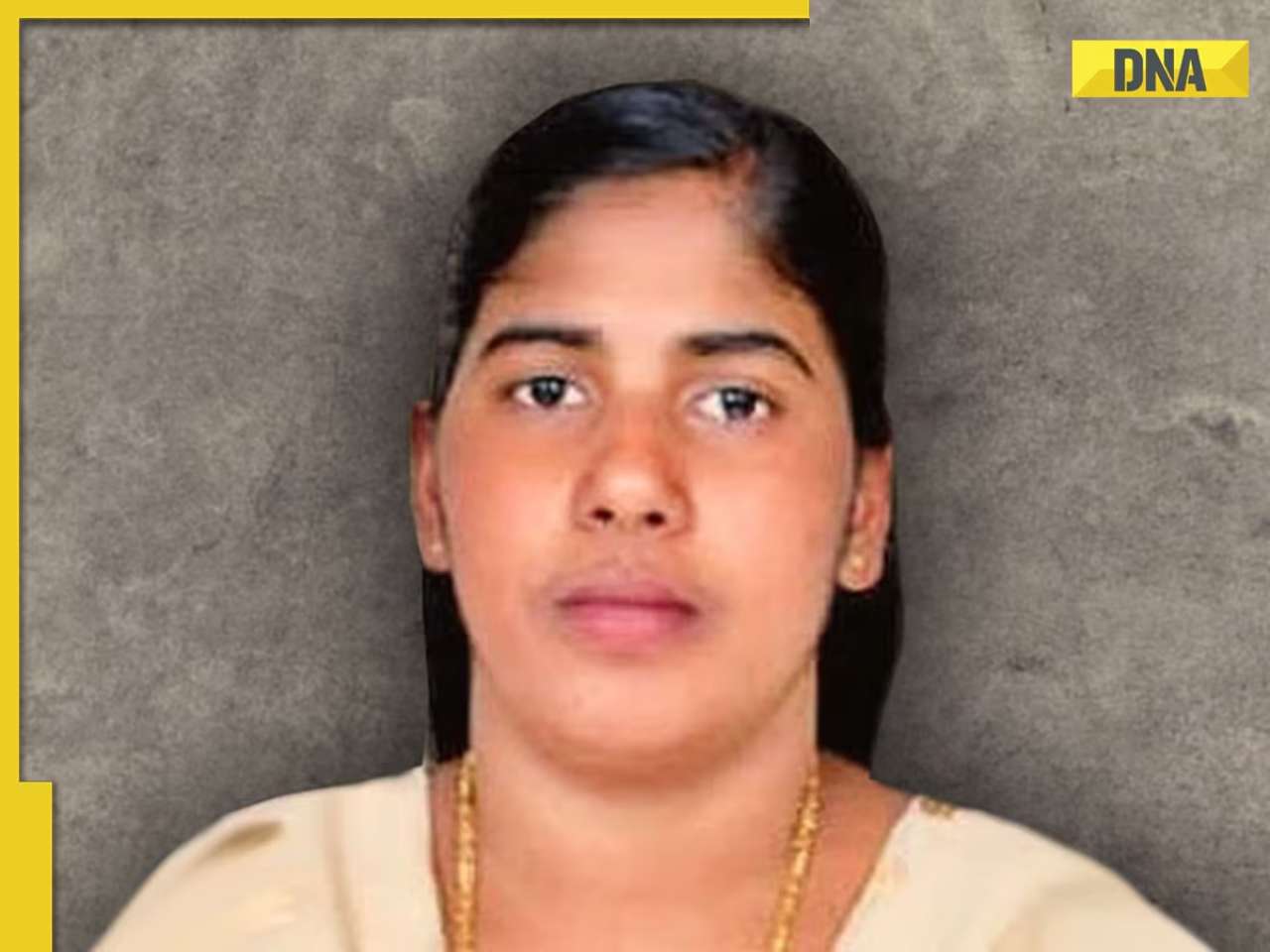 Nimisha Priya case: Death sentence of Indian nurse overturned by Yemen authorities, here's all you need to know
Nimisha Priya case: Death sentence of Indian nurse overturned by Yemen authorities, here's all you need to know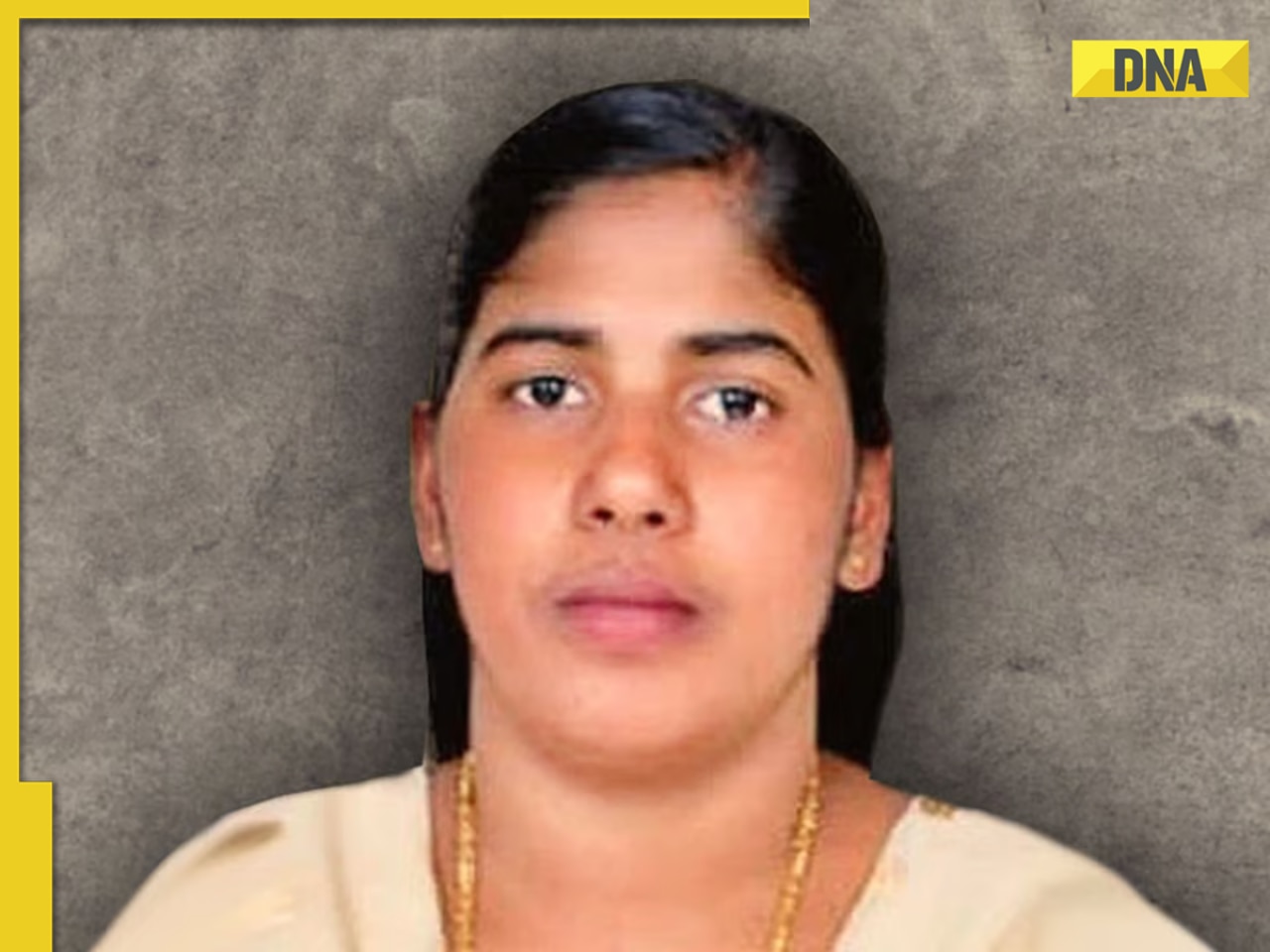 Nimisha Priya case: BIG relief for Indian nurse on death row in Yemen, claims Grand Mufti's office
Nimisha Priya case: BIG relief for Indian nurse on death row in Yemen, claims Grand Mufti's office Walmart salaries REVEALED: How much software engineers, project managers, data scientists earn at retail giant
Walmart salaries REVEALED: How much software engineers, project managers, data scientists earn at retail giant 7 jaw-dropping images of dwarf planets captured by NASA
7 jaw-dropping images of dwarf planets captured by NASA Side sleeping vs back sleeping: Which is better for your health and posture?
Side sleeping vs back sleeping: Which is better for your health and posture? Ditch the Phone: 7 digital detox habits for peaceful mornings
Ditch the Phone: 7 digital detox habits for peaceful mornings What happens if you eat peanut butter daily? Know its health risks
What happens if you eat peanut butter daily? Know its health risks Why should you gargle with alum (Phitkari) water? Know top 7 health benefits
Why should you gargle with alum (Phitkari) water? Know top 7 health benefits Tata Harrier EV Review | Most Advanced Electric SUV from Tata?
Tata Harrier EV Review | Most Advanced Electric SUV from Tata? Vida VX2 Plus Electric Scooter Review: Range, Power & Real-World Ride Tested!
Vida VX2 Plus Electric Scooter Review: Range, Power & Real-World Ride Tested!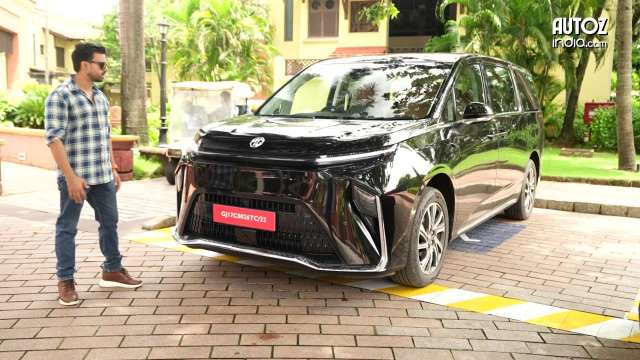 MG M9 Electric Review | Luxury EV with Jet-Style Rear Seats! Pros & Cons
MG M9 Electric Review | Luxury EV with Jet-Style Rear Seats! Pros & Cons Iphone Fold: Apple’s iPhone Fold Could Solve Samsung’s Biggest Foldable Problem | Samsung Z Fold 7
Iphone Fold: Apple’s iPhone Fold Could Solve Samsung’s Biggest Foldable Problem | Samsung Z Fold 7 Trump News: Congress Seeks Answers On Trump's Alleged Mediation In Operation Sindoor
Trump News: Congress Seeks Answers On Trump's Alleged Mediation In Operation Sindoor Walmart salaries REVEALED: How much software engineers, project managers, data scientists earn at retail giant
Walmart salaries REVEALED: How much software engineers, project managers, data scientists earn at retail giant India to ink Rs 7800210000 deal with US to produce....; new product to help in special operations
India to ink Rs 7800210000 deal with US to produce....; new product to help in special operations Good news for Gautam Adani, this company reports Q1 operational revenue rise of...
Good news for Gautam Adani, this company reports Q1 operational revenue rise of... Is AI reason behind TCS layoff decision? Tata firm imparts AI training to... employees
Is AI reason behind TCS layoff decision? Tata firm imparts AI training to... employees Elon Musk's Starlink to affect Mukesh Ambani's Jio, Sunil Mittal's Airtel services in India? Govt says it can have only...
Elon Musk's Starlink to affect Mukesh Ambani's Jio, Sunil Mittal's Airtel services in India? Govt says it can have only... From Pinocchio to Little Women: 5 must-watch K-dramas that celebrate journalism
From Pinocchio to Little Women: 5 must-watch K-dramas that celebrate journalism Manushi Chhillar's channels romantic-meets-sultry vibes in Shantanu and Nikhil’s black lace ensemble
Manushi Chhillar's channels romantic-meets-sultry vibes in Shantanu and Nikhil’s black lace ensemble Bhumi Pednekar serves royal glam in Ritu Kumar’s lehenga with modern twist; SEE PICS
Bhumi Pednekar serves royal glam in Ritu Kumar’s lehenga with modern twist; SEE PICS Dark underarms? Shahnaz Hussain's approved natural remedies will transform them naturally
Dark underarms? Shahnaz Hussain's approved natural remedies will transform them naturally Redmi Note 14 SE: Know features, specifications, and price in India
Redmi Note 14 SE: Know features, specifications, and price in India Nimisha Priya case: Death sentence of Indian nurse overturned by Yemen authorities, here's all you need to know
Nimisha Priya case: Death sentence of Indian nurse overturned by Yemen authorities, here's all you need to know Nimisha Priya case: BIG relief for Indian nurse on death row in Yemen, claims Grand Mufti's office
Nimisha Priya case: BIG relief for Indian nurse on death row in Yemen, claims Grand Mufti's office Pahalgam Terror Attack mastermind among three killed in Operation Mahadev on Srinagar outskirts, he is...
Pahalgam Terror Attack mastermind among three killed in Operation Mahadev on Srinagar outskirts, he is...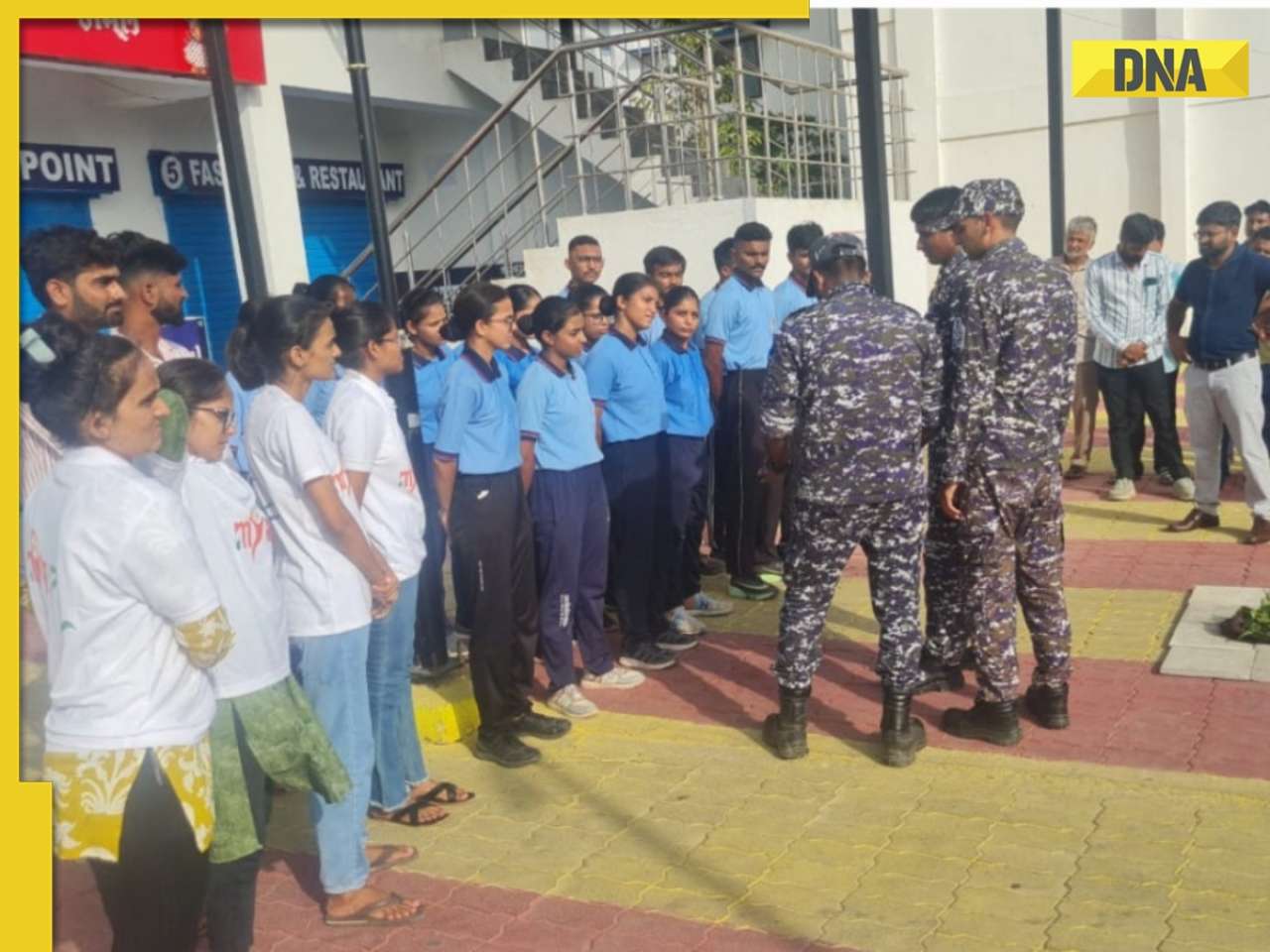 Mock disaster drill in Delhi-NCR: Delhi, Noida, Gurugram, Ghaziabad and others to witness mega-scale drill on...
Mock disaster drill in Delhi-NCR: Delhi, Noida, Gurugram, Ghaziabad and others to witness mega-scale drill on... S Jaishankar dismisses Donald Trump’s claims of ceasefire: ‘No linkage of trade with Operation Sindoor, no call between PM Modi, Trump’
S Jaishankar dismisses Donald Trump’s claims of ceasefire: ‘No linkage of trade with Operation Sindoor, no call between PM Modi, Trump’  Where is Nalin Khandelwal, the 2019 NEET UG topper? What is he doing now?
Where is Nalin Khandelwal, the 2019 NEET UG topper? What is he doing now?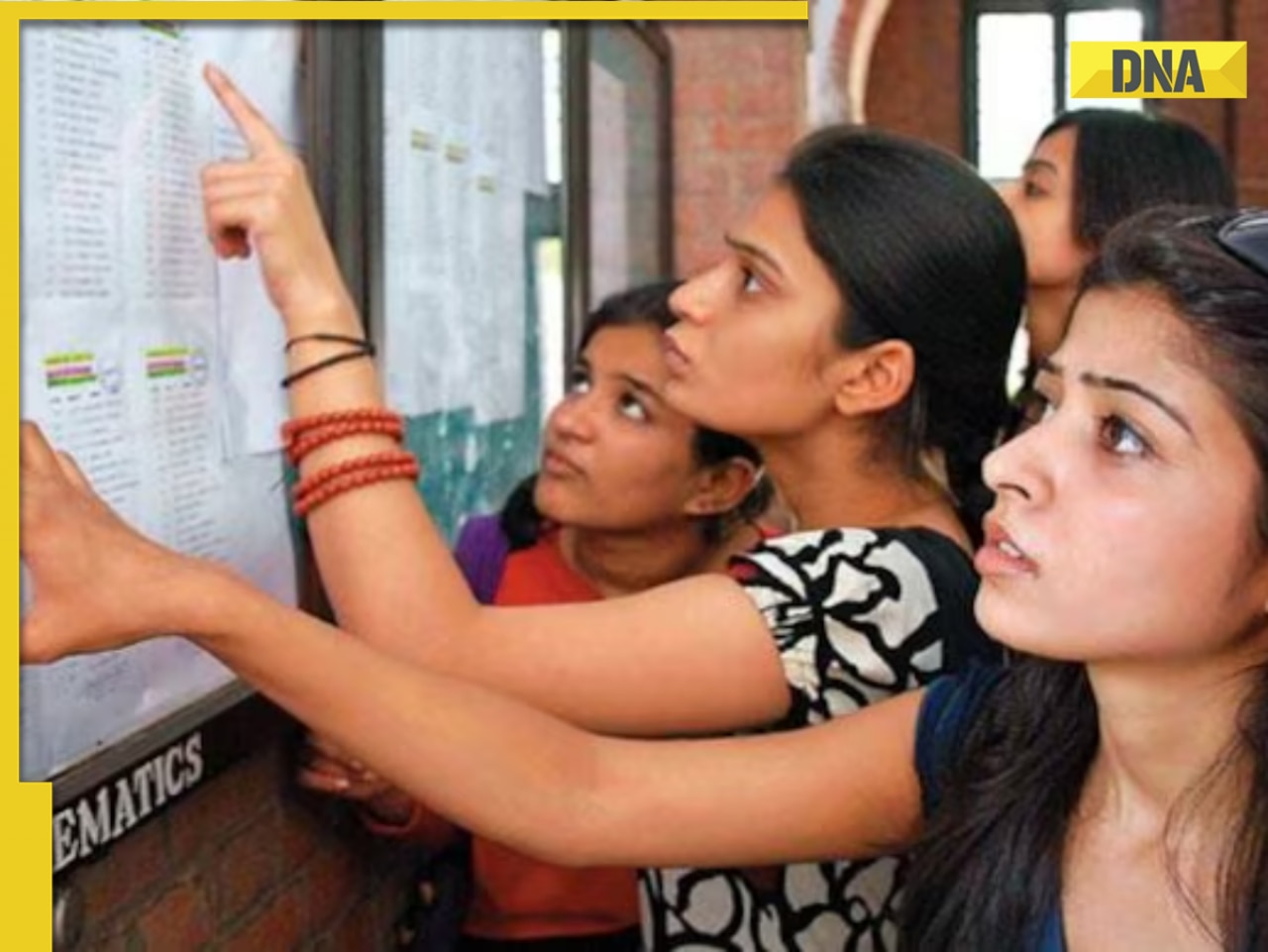 Delhi University UG admissions 2nd allotment list released, here's how you can download it
Delhi University UG admissions 2nd allotment list released, here's how you can download it Father priest, mother daily wager: Meet three sisters who cracked UGC NET exam in first attempt, they are from...
Father priest, mother daily wager: Meet three sisters who cracked UGC NET exam in first attempt, they are from...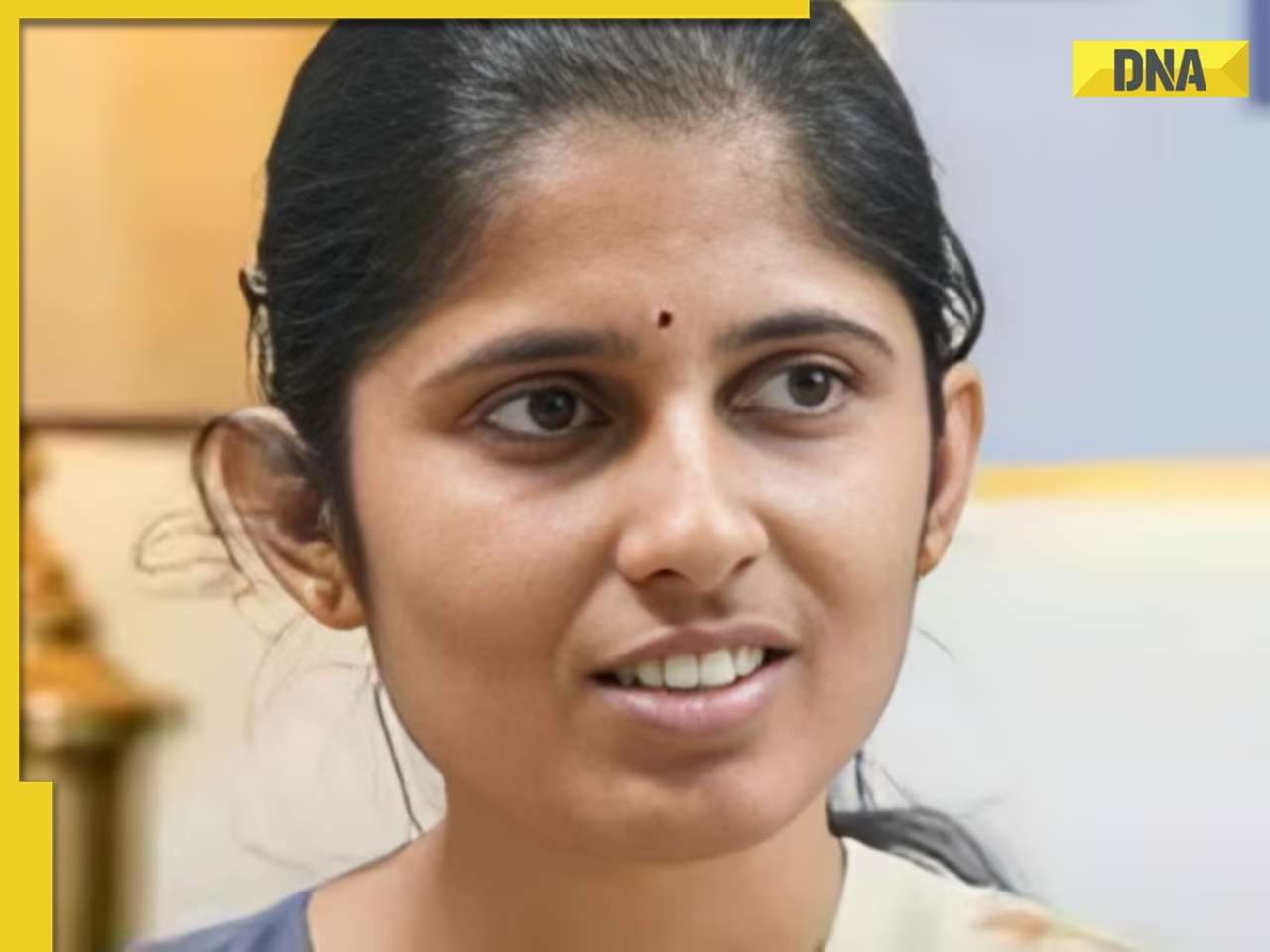 Meet woman, who studied for over 12 hours a day, cracked UPSC exam in first attempt with AIR..., her name is...
Meet woman, who studied for over 12 hours a day, cracked UPSC exam in first attempt with AIR..., her name is... Meet IAS Ansar Shaikh's wife, who is as beautiful as Bollywood actress, is popular on social media, she works as...
Meet IAS Ansar Shaikh's wife, who is as beautiful as Bollywood actress, is popular on social media, she works as... Maruti Suzuki's e Vitara set to debut electric market at Rs..., with range of over 500 km, to launch on...
Maruti Suzuki's e Vitara set to debut electric market at Rs..., with range of over 500 km, to launch on...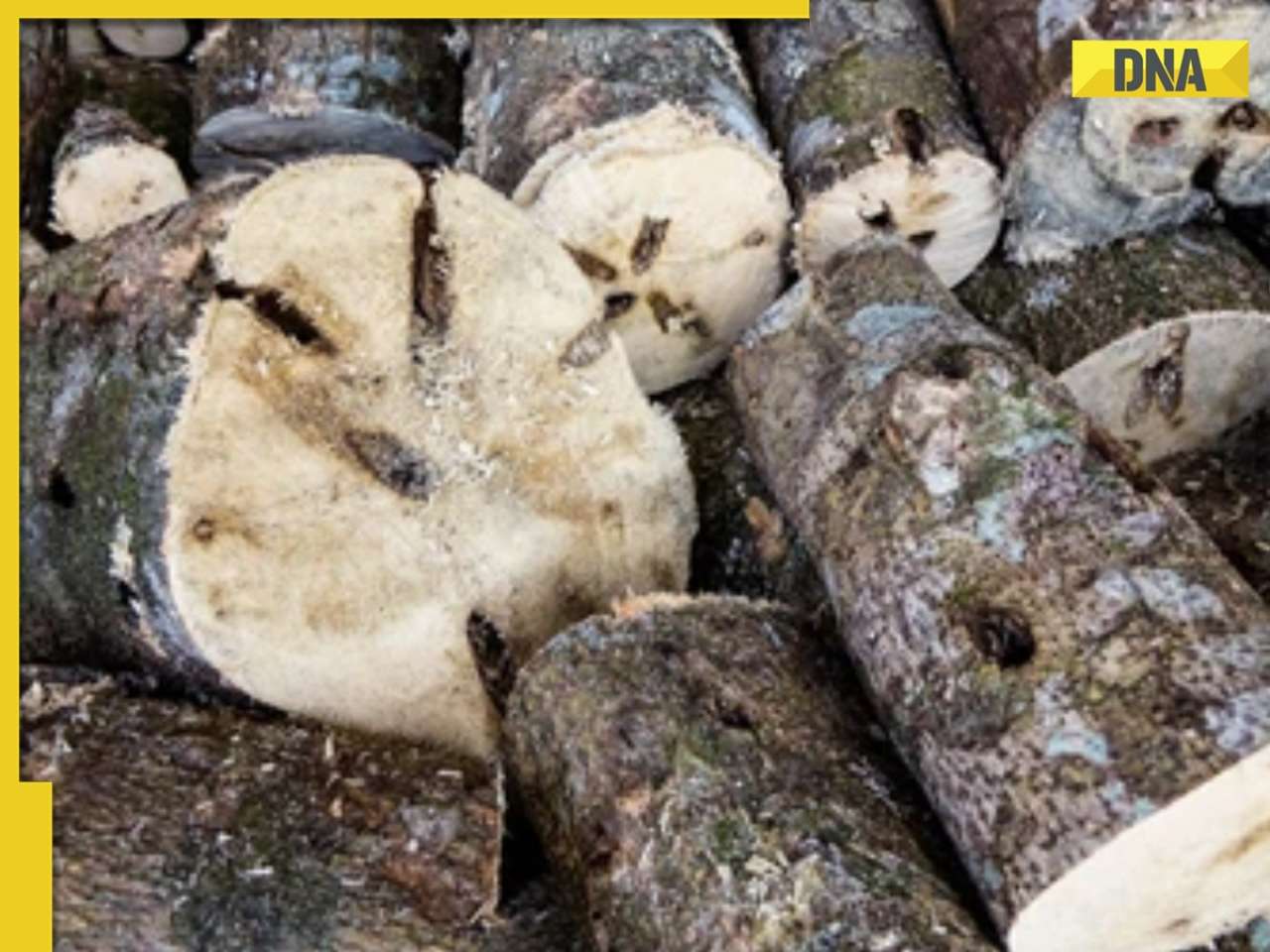 This is world’s most expensive wood, cost of 1kg wood is more than gold, its name is..., is found in...
This is world’s most expensive wood, cost of 1kg wood is more than gold, its name is..., is found in... This luxury car is first choice of Indians, even left BMW, Jaguar, Audi behind in sales, it is...
This luxury car is first choice of Indians, even left BMW, Jaguar, Audi behind in sales, it is... Kia India unveils Carens Clavis: Check features, design changes, price and more; bookings open on...
Kia India unveils Carens Clavis: Check features, design changes, price and more; bookings open on... Tesla CEO Elon Musk launches most affordable Cybertruck, but it costs Rs 830000 more than older version, it is worth Rs...
Tesla CEO Elon Musk launches most affordable Cybertruck, but it costs Rs 830000 more than older version, it is worth Rs...




)
)
)
)
)
)
)
)
)
)
)
)
)
)
)
)











